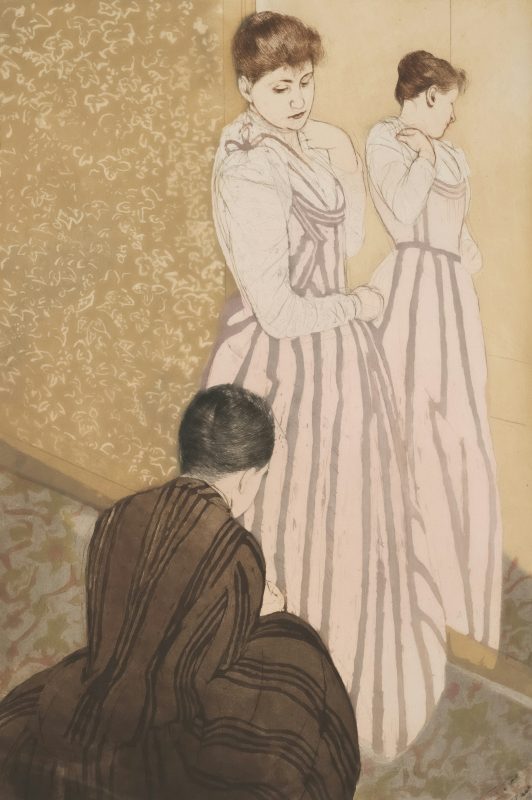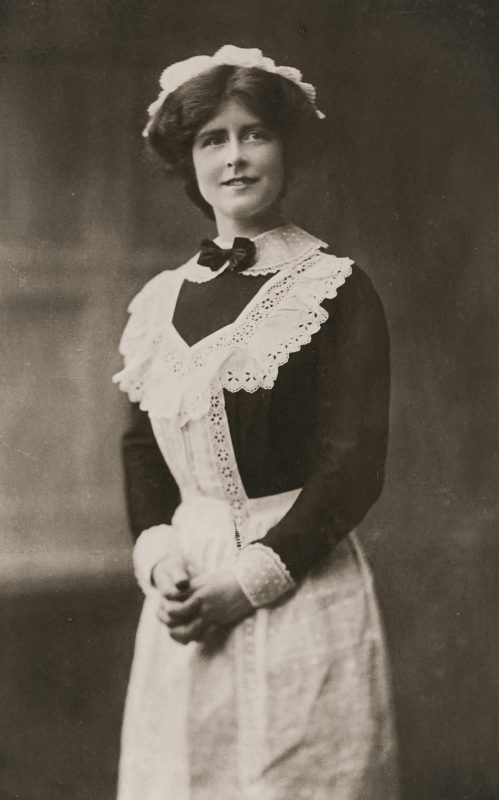In Regency England, the governess occupied a unique and often precarious position in society. She was neither a servant nor a member of the family, but somewhere in between. This ambiguous status made her role both challenging and isolating, as she navigated the expectations of her employers and the limitations of her social standing.
The Governess’s Duties

The primary role of the governess was to educate the children of the household, particularly the daughters. Her responsibilities included teaching reading, writing, arithmetic, and often French, as well as instructing the girls in music, drawing, and needlework. For boys, her role was usually limited to early childhood education, as they were later sent to school or tutored by male instructors.
The governess was also expected to instil proper manners and morals in her charges, preparing them for their future roles in society. This made her a key figure in shaping the character and behaviour of the next generation.
The Social Position of the Governess
The governess’s social position was fraught with contradictions. She was often a gentlewoman by birth, typically the daughter of a clergyman or a bankrupt gentleman, forced to work due to financial necessity. While she was educated and refined, her employment placed her in a subordinate position within the household.
This liminal status made the governess’s life difficult. She was not allowed to socialize with the family as an equal, nor could she fraternize with the servants. This isolation was compounded by the fact that she often had little opportunity to form friendships or find companionship outside the household.
The Challenges of the Role
The life of a governess was far from glamorous. She worked long hours, often with little respite, and her wages were meagre. Moreover, her position was highly vulnerable. A governess could be dismissed without notice if her employers were dissatisfied with her work or if the children no longer needed her services.
The lack of job security and the constant pressure to maintain a facade of respectability took a toll on many governesses. Some turned to writing, like the Brontë sisters, who drew on their experiences as governesses in their novels. Others faced a bleak future, with few options for employment or marriage.
The Legacy of the Governess

Despite the challenges, the governess played a crucial role in Regency society. She was often the only source of education for many young women, particularly those from middle-class families who could not afford to send their daughters to school. Her influence extended beyond the classroom, as she helped shape the values and aspirations of her charges.
The figure of the governess also became a popular subject in literature, from Jane Eyre to The Turn of the Screw. These portrayals reflect the complexities of her role and the societal attitudes toward women’s work and independence.
Conclusion
The role of the governess in Regency England highlights the tensions between class, gender, and education. While her position was often difficult and isolating, her contributions to the upbringing and education of children were invaluable. The governess remains a symbol of the challenges faced by women who sought to navigate the rigid social hierarchies of their time.
References for Further Reading:
- The Governess in Regency England
https://janeaustensworld.com/2010/09/15/the-governess-in-regency-england/
This article explores the role and challenges of the governess in Regency society. - The Life of a Governess in the 19th Century
https://www.historic-uk.com/CultureUK/The-Life-of-a-Governess/
A detailed look at the daily life and struggles of governesses in the 19th century.

Leave a Reply